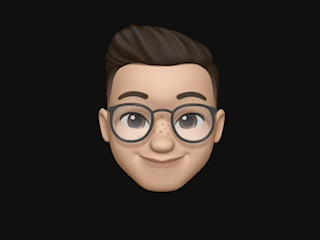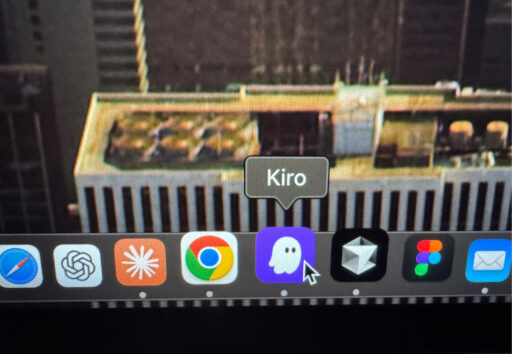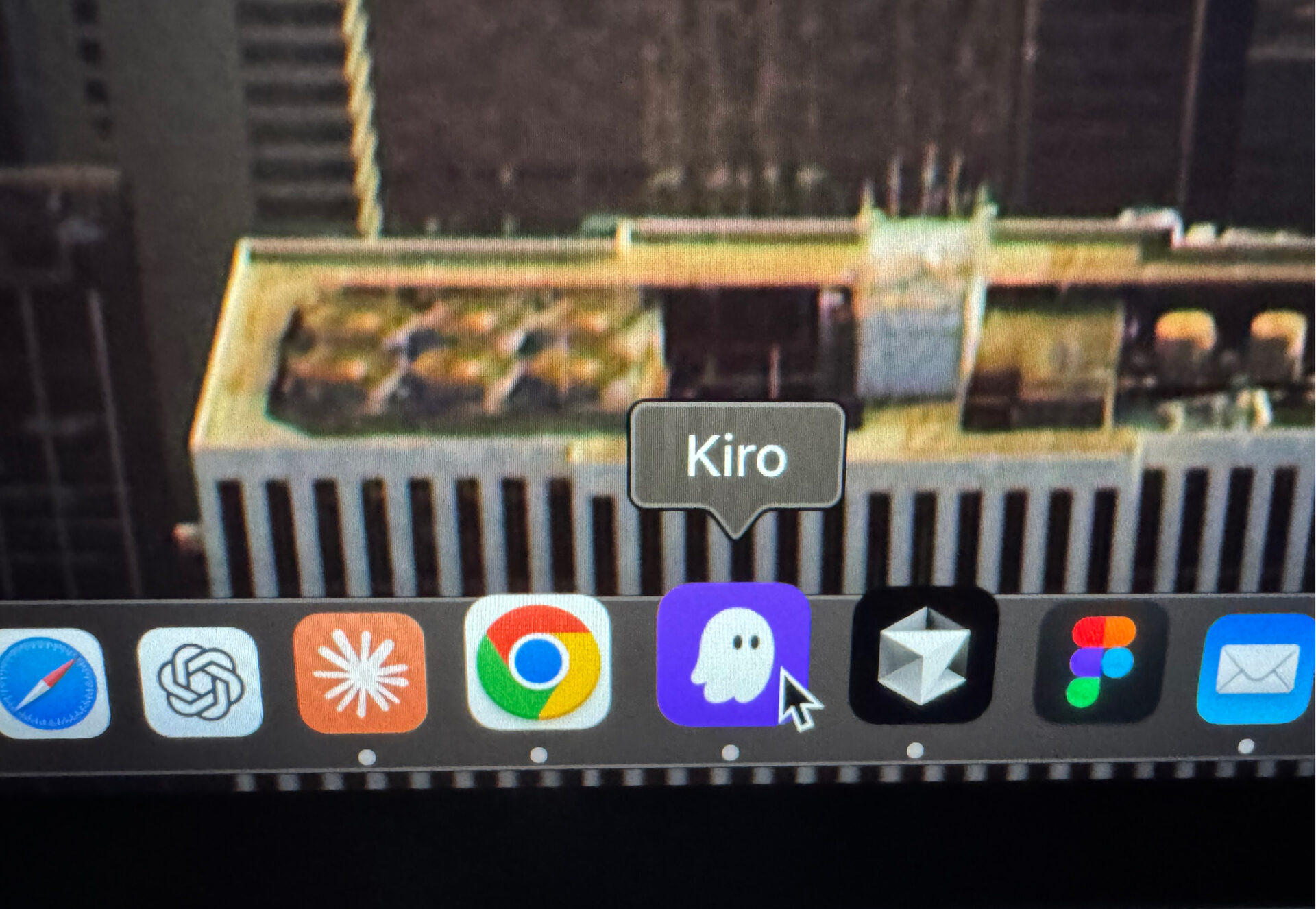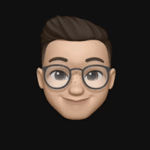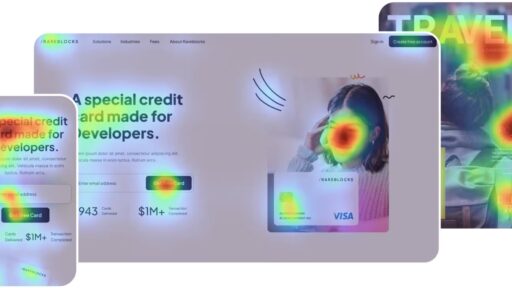After spending over a decade in product design, watching the industry shift from Photoshop warriors to Figma evangelists to now… whatever we’re calling ourselves this week, I’ve got some thoughts. The design world is having an identity crisis, and honestly? It’s about time.
Here’s the uncomfortable truth nobody wants to discuss at design conferences. The days of designers sitting in ivory towers crafting pixel-perfect mockups while throwing them over the fence to engineering are dead. Good riddance.
The Hard Truth: AI Isn’t Coming for Your Job (It’s Already Here)
What nobody admits in polite conversation is this: AI tools are making design more accessible than ever, with 90% of users reporting that AI saves them time. That 19-year-old self-taught designer with three years of experience? They’re running circles around designers with fancy degrees because they learned to use AI as their co-pilot from day one.
The craft bar isn’t just rising. According to industry reports, AI might handle up to 80% of typical design tasks, increasing productivity by nearly half. What used to take hours now takes minutes. Meanwhile, designers are still debating the perfect shade of blue in endless Slack threads.
What AI Actually Does (And Doesn’t Do)
AI handles the grunt work brilliantly. Processing customer data, generating prototypes, creating variations. It’s faster than you, cheaper than you, and doesn’t need coffee breaks.
But here’s the thing everyone keeps missing. AI has zero taste. It can make something functional, but it can’t make something remarkable. That’s still on us.
- Over 15 billion AI images have been created since 2022, with 34 million AI images generated daily
- Prototypes connect directly to design libraries with real code and components
- The AI-powered design tools market is expected to reach $28.5 billion by 2035
- Critical judgment and taste remain uniquely human advantages
The New Designer: Part Curator, Part Builder, All Hustler
Throughout my work with Fortune 500 companies and scrappy startups, one pattern emerges clearly. The difference between designers who thrive and those who struggle isn’t their Dribbble followers. It’s their willingness to get their hands dirty.
You need to think in systems now, not just pixels. Understanding how your design fits into the product, business, and technical ecosystem isn’t optional anymore. Companies like Atlassian, IBM, and Shopify invest heavily in design systems to provide their products with consistent look and streamline processes.
Skills That Actually Matter in 2025
Forget the traditional designer checklist. Here’s what companies are actually hiring for:
- People who can articulate ideas clearly and bring them to life quickly
- Designers who understand business metrics as well as they understand spacing
- Professionals who thrive in ambiguity instead of drowning in it
- Builders who miss being individual contributors and love hands-on work
The PM who can prototype beats the designer who can’t ship. Engineers with product taste outpace designers stuck in process mode. That’s not a threat—it’s reality.
Why the Old Playbook Is Burning
Remember those beautiful 50-page design documentation files? The ones that took weeks to create and nobody read? Yeah, those are basically museum pieces now.
However, let’s pump the brakes for a second. There’s something lost in this sprint toward speed. Some projects genuinely benefit from deep thinking, thorough documentation, and yes—even those lengthy exploration phases. Not everything needs to ship yesterday. Strategic work sometimes requires breathing room that AI-powered velocity doesn’t provide.
That said, most projects don’t fall into that category. Most of the time, we’re overthinking it.
What’s Actually Dying
These practices are becoming irrelevant faster than you think:
- Pixel-perfect wireframes as standalone deliverables
- Weeks of UI exploration without shipping anything real
- Hand-off documentation between designers and engineers
- Process for the sake of process
Despite improvements in narrow-scope AI design tools, most design-specific AI cannot yet replicate human designers’ output quality. Meanwhile, designers who cling to old rituals wonder why they’re not getting callbacks.
The Designer as Curator (And Why That’s Not a Downgrade)
The role is shifting from specialist to curator. You’re assembling, adapting, and directing AI-generated work into great products. Some people hear “curator” and think it’s a demotion. They’re wrong.
Curators in art museums don’t create every piece. They select, arrange, and create meaning from existing work. That requires incredible taste, deep knowledge, and strategic thinking. Same applies here.
Additionally, creativity isn’t shrinking—it’s expanding. The gravitational pull is toward product builders who can think in systems, design with taste, and ship without waiting for permission.
What AI Can’t Touch (Yet)
Despite all the hype, certain elements remain uniquely human:
- Natural gut instinct and taste that comes from experience
- Raw creativity that breaks rules intentionally, not accidentally
- Understanding context that isn’t in the training data
- Building genuine empathy through real human connection
These are your competitive advantages. Lean into them hard.
How to Actually Stay Relevant (No BS)
Forget waiting for your company to offer an AI training course. Create your own syllabus. Spend 20 minutes daily or two hours weekly experimenting with new tools like AI-powered design assistants.
Get comfortable with discomfort. Right now, moving pixels yourself feels easier than learning Cursor or v0 or whatever tool launches next week. That comfort is killing your career.
Your Personal Action Plan
Start building a real product. Not a concept, not a side project that lives forever in Figma. Something actual users will see and use.
- Learn to prototype interactively with AI tools at a basic level minimum
- Get comfortable with AI as your co-designer and sparring partner
- Focus on solving real problems instead of just making things pretty
- Always ask “is there an easier way to do this?” before starting work
Before you create a whole deck, ask ChatGPT to outline it. Before prototyping a complex flow, try tools specifically designed for AI-assisted product design. These small shifts compound quickly.
The Uncomfortable Reality Check
Design’s monopoly on ideation is collapsing. PMs and engineers are prototyping directly now. If designers move too slow, others will fill the gap without hesitation.
Impact comes from working prototypes, not facilitation skills. Leading brainstorms or “owning process” isn’t enough anymore. Real influence comes from putting tangible prototypes in front of teams and aligning everyone around them.
Consequently, the line between PM, engineer, and designer is thinner than ever. Anyone tool-savvy can spin up prototypes. This raises the bar for everyone, designers included.
Show Work, Not Credentials
When you’re looking for your next role, your portfolio of shipped products matters infinitely more than your resume. That self-taught 19-year-old getting offers from top companies? They showed value instead of credentials.
Your four-year degree and three years at a big tech company don’t guarantee anything. Your ability to ship remarkable products does.
The New Generation Is Already Here
We need to not underestimate AI and overestimate our skills. The punk mindset is coming back—not the aesthetic, but the attitude. Breaking rules intentionally. Embracing imperfection. Creating authenticity instead of polish.
David Carson’s Ray Gun magazine broke every design rule and became iconic because of it. Meanwhile, today’s designs all look the same because everyone follows the same design system templates.
Therefore, what are you doing to adapt to this context? Because sitting still isn’t neutral—it’s falling behind.
Final Thoughts from the Trenches
After ten-plus years watching this industry evolve, here’s what I know for sure. The designers who thrive aren’t the ones with the best portfolios. They’re the ones who adapt fastest, ship constantly, and never stop learning.
Design is changing fast, and AI isn’t a threat. It’s a new era to embrace and help shape. The question isn’t whether you’ll need to adapt. The question is whether you’ll do it with urgency or wait until you have no choice.
Spoiler alert: by then, it’s probably too late.
